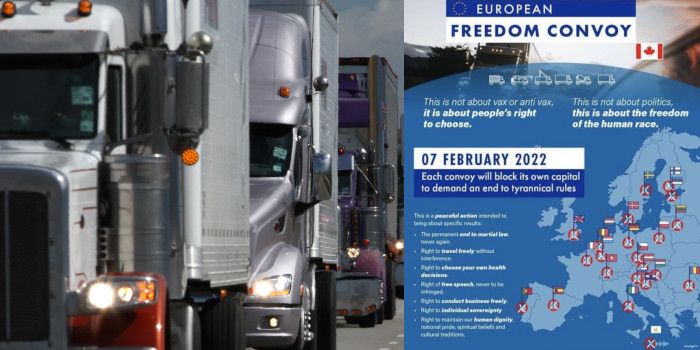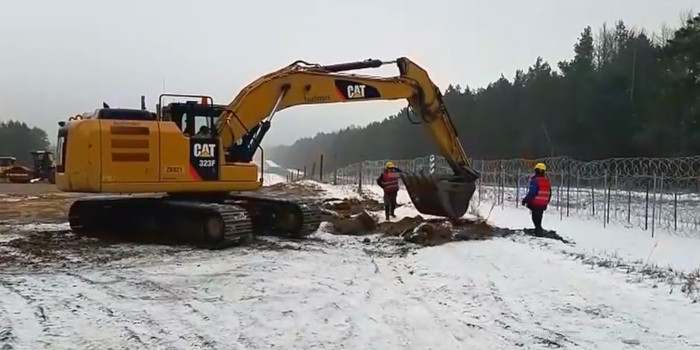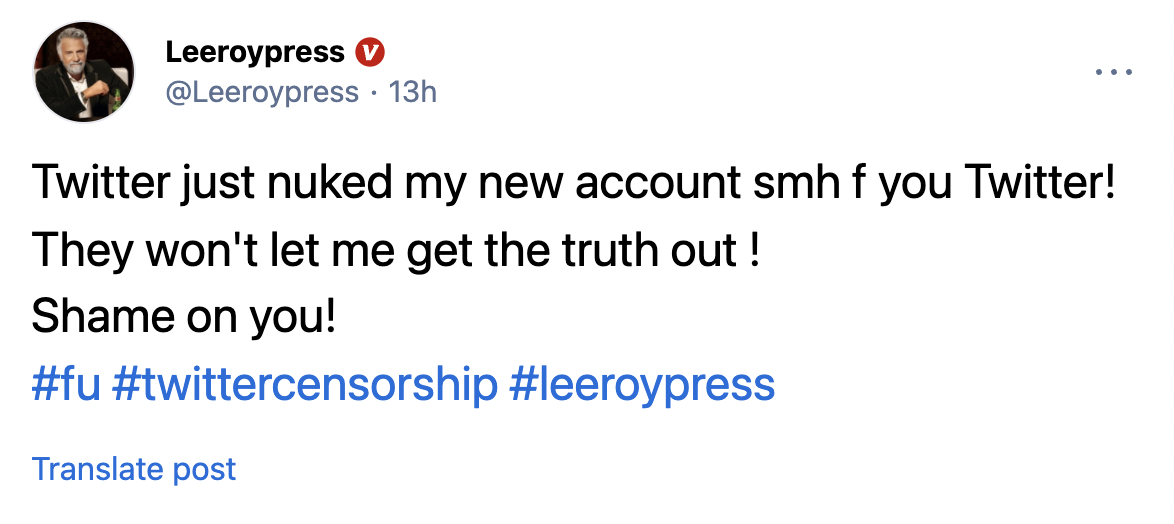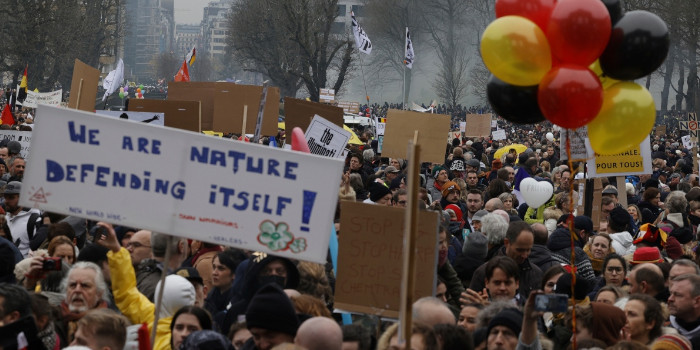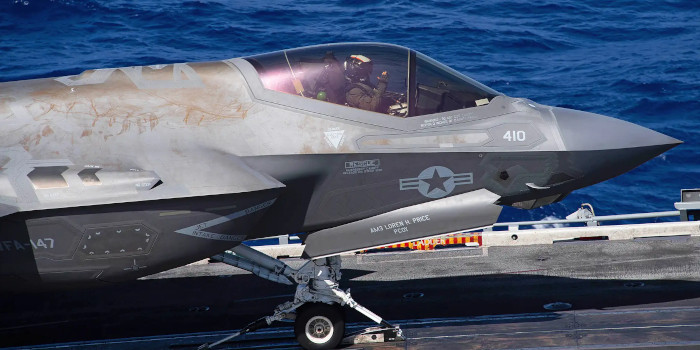
Recent images from the US Navy’s most recent deployment to the South China Sea have revealed some surprising details about the Navy’s most modern aircraft: they appear to be rusting.
Despite being a highly complex and expensive aircraft, Lockheed Martin’s F-35 Joint Strike Fighter is infamous for its numerous flaws. Its newest enemy may be sea spray, which has already barred it from flying during thunderstorms or soaring above the speed of sound for long periods of time.
The photos come from the USS Carl Vinson and USS Abraham Lincoln, two Nimitz-class supercarriers that have been carrying out flight operations in the South China Sea over the last few weeks.
It was The Drive’s The War Zone that first noticed the brown markings that seem to be on top of all the F-35Cs on the ship among the dozens of photos published on the Pentagon’s Defense Visual Information Distribution Service (DVIDS) media hub.

But that couldn’t really be rust, could it? After all, the F-35 is a highly advanced aircraft that is composed of futuristic lightweight materials that hide its silhouette from radar screens, costs $78 million each, and just looks expensive. It wouldn’t be made of ordinary iron, would it?
According to Smithsonian Magazine, a “common type of radar-absorbent material (RAM) is iron ball paint, which contains tiny pyramids of carbonyl iron ferrite that turn a normally-clear radar return into a chaotic scramble of radar waves, only a small portion of which make their way back to the radar receiver,” Sputnik reports.
Every US stealth aircraft has used it, including the SR-71, B-2, F-117, F-22 and the F-35. China’s J-20 likely uses it, too. However, only the carrier-borne B and C variants of the F-35 have ever come anywhere near the briny foam so infamous for accelerating the oxidation of iron.

Forsided, 02.02.2022
Source: Sputnik News





